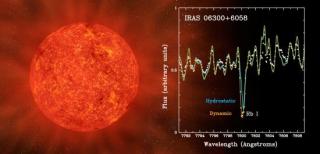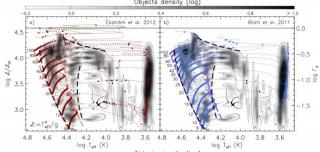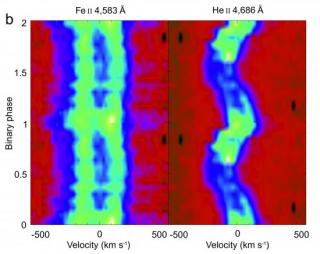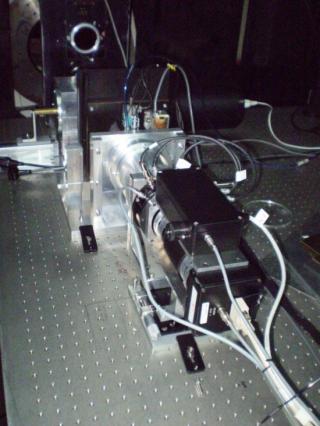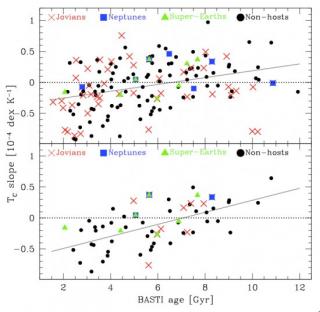
We explore a sample of 148 solar-like stars to search for a possible correlation between the slopes of the abundance trends versus condensation temperature (known as the Tc slope) with stellar parameters and Galactic orbital parameters in order to understand the nature of the peculiar chemical signatures of these stars and the possible connection with planet formation. We find that the Tc slope significantly correlates (at more than 4σ) with the stellar age and the stellar surface gravity (see Figure 1). We also find tentative evidence that the Tc slope correlates with the mean
Advertised on
